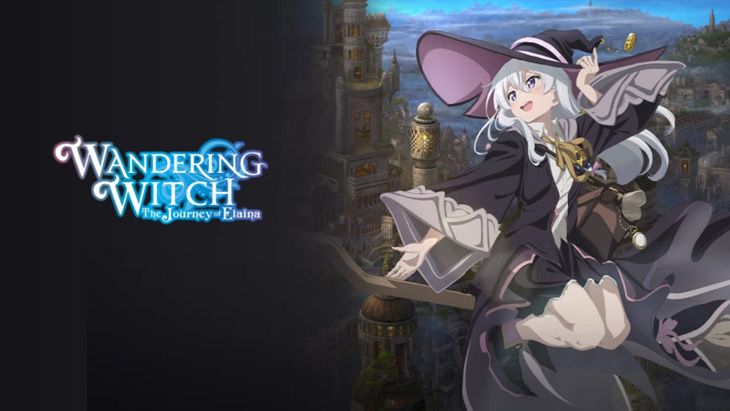
It’s not often that a fantasy series manages to avoid the traps of both isekai series and shounen action series. Not many anime series also manage to capture the whimsy of high fantasy without devolving into something gratuitously light-hearted and frivolous.
Wandering Witch: The Journey of Elaina is one of those rare series that achieves both of these.
Wandering Witch: The Journey of Elaina
Studios: C2C
Publisher: Kadokawa
Director: Toshiyuki Kubooka
Translation: Funimation
Premiere: October 2, 2020
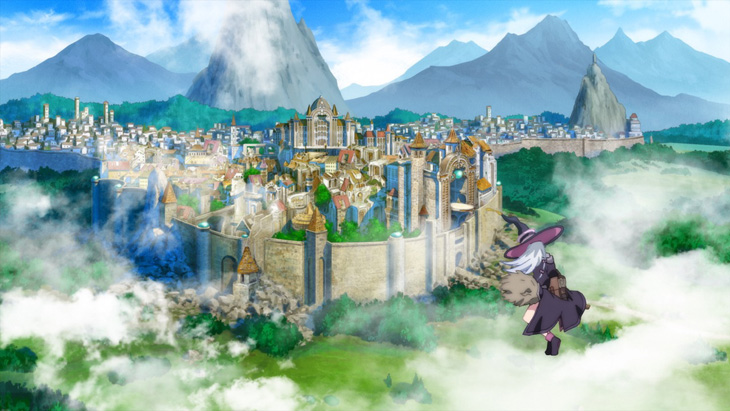
Wandering Witch: The Journey of Elaina began as a light novel series by creator Jougi Shiraishi in 2016. A manga series followed in 2018 and is published by Square Enix; both the light novel and manga are still ongoing.
The series follows the journeys of the titular witch Elaina as she travels from place to place wherever her whims may take her. As a young girl, she was inspired by the stories of a witch called Nike whose adventures were published in a storybook.
As she asked her parents if she too could go on a journey like Nike, they told her only once she was a fully-fledged witch would they allow it. With new motivation, Elaina became the youngest mage to become an apprentice witch at the age of fourteen.
While this may sound like the build up for an over-powered heroine and ripe for a story filled with isekai clichés, Wandering Witch: The Journey of Elaina sidesteps this problem. Despite being a prodigy, Elaina is quickly grounded in the fact that despite her early talent she isn’t overly powerful; she’s simply a motivated young girl.
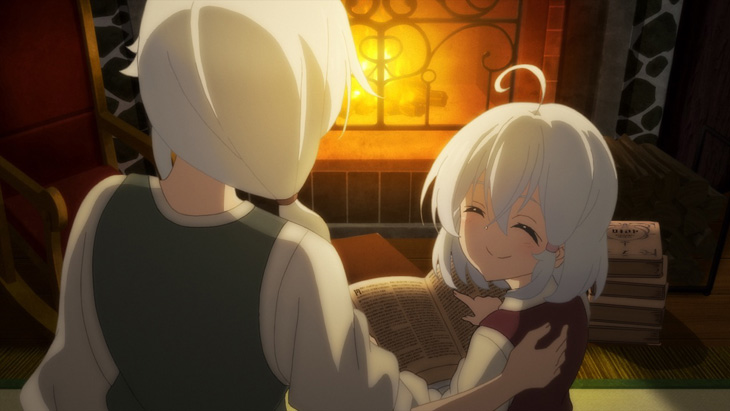
This is made all the more interesting by the fact that Elaina doesn’t necessarily always lend a helping hand. She’s an observer first and foremost in her journeys, experiencing the different people and cultures she encounters.
She will lend a hand when she feels she can do so safely and when something stirs her emotions, but she doesn’t rush headlong into danger or immerse herself in mysteries that have nothing to do with her. Instead she listens to people, shares her wisdom and thoughts, and watches events unfold.
This might make it seem like a the series has a passive story, but the series is more about seeing the world through Elaina’s eyes. Elaina’s world is full of whimsy, magic, danger, and people with complicated emotions.

Emphasis is put on the situations that Elaina encounters and if any part of the series could be considered light-hearted it’s the flagrant disregard for geopolitics in defining the world. Elaina’s world is seemingly comprised of countless petty kingdoms and city-states and travelers like Elaina are commonplace.
The tone of episodes can vary greatly but in every case, the series isn’t afraid to go for dark and depressing. The site of blood and death contrasts heavily with the cutesy art style in a way that’s almost as deceptive as Puella Magi Madoka Magica; but it isn’t meant to shock as much as it’s meant to reiterate the danger and treachery that inhabits a magical world filled with monsters and curses as much as it’s filled with playful street performers and aspiring young witches.
The voice cast of Wandering Witch: The Journey of Elaina performs admirably. Elaina herself is voiced by Kaede Hondo who’s known for her work as the leading “Senpai” in Magical Sempai, Yuki Ushimaru in Gakuen Babysitters, and the lead role of BOFURI: I Don’t Want to Get Hurt, so I’ll Max Out My Defense as Maple.
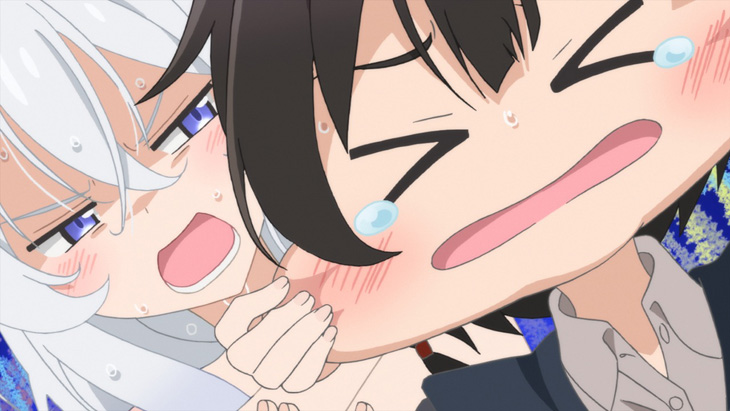
As a series with a traveling protagonist, the secondary characters of each episode change constantly but other noteworthy cast include Kana Hanazawa, Tomoyo Kurosawa, and Satomi Satou.
The opening theme Literature (リテラチュア) by Reina Ueda has a modern sound with sharp staccatoes and light sounds that border on lo-fi. The theme straddles a line between cute and melancholy that suits the tone of the anime perfectly.
The ending theme Haiiro no Saga (灰色のサーガ) by ChouCho maintains a melancholic tone also but is considerably more dramatic. This tone continues to make sense as Elaine’s adventures are filled with bittersweet conclusions.
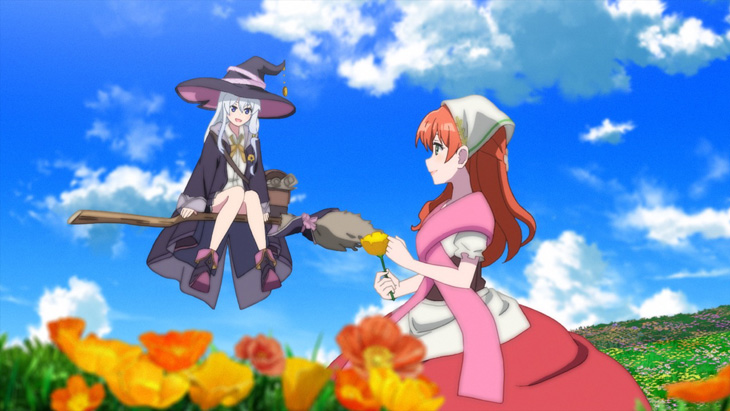
Going back to the more lighter elements of the series, Wandering Witch: The Journey of Elaina manages to balance its bittersweet story telling with its cute art style and allows itself to use familiar cartoony cliches like big heads when yelling for simple comedic effect. But the series is diligent about knowing when and when not to present that tone to viewers and the same episode can contain big-headed yelling, as well as a dramatic death at the appropriate times.
The art and animation style might be familiar to fans of C2C series from previous years, most notably Hitoribocchi no Marumaruseikatsu. C2C proves more than capable of handling darker themes and more action than in their previous titles.
Ultimately, Wandering Witch: The Journey of Elaina is a fantasy series unlike many of the ones coming out today. The closest thing to compare it to would be some combination of The Ancient Magus Bride and Kino’s Journey. That is to say, it’s a fantasy series that examines human problems through the eyes of its traveling protagonist and is filtered through a lens of magic and whimsy.
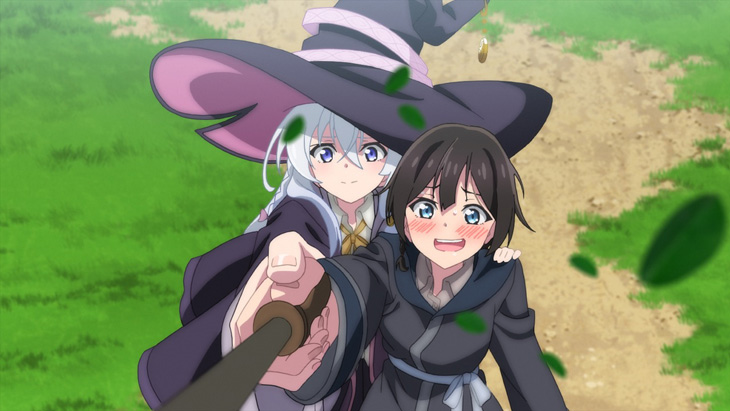
Don’t be fooled by its cute art style; those who enjoy more “serious” fantasy series like Berserk, Record of the Lodoss War, and Moribito: Guardian of the Spirit will find a lot to love about Wandering Witch: The Journey of Elaina. Those new to the fantasy genre through isekai will also want to check this series out, as a good intermediary between the more light-hearted isekai series and darker, more traditional fantasy.
The light novel is on its 16th volume, and I hope we’ll see them in more seasons of The Journey of Elaina.
Wandering Witch: The Journey of Elaina was reviewed via the reviewer’s anime streaming service account. You can find additional information about Niche Gamer’s review/ethics policy here.